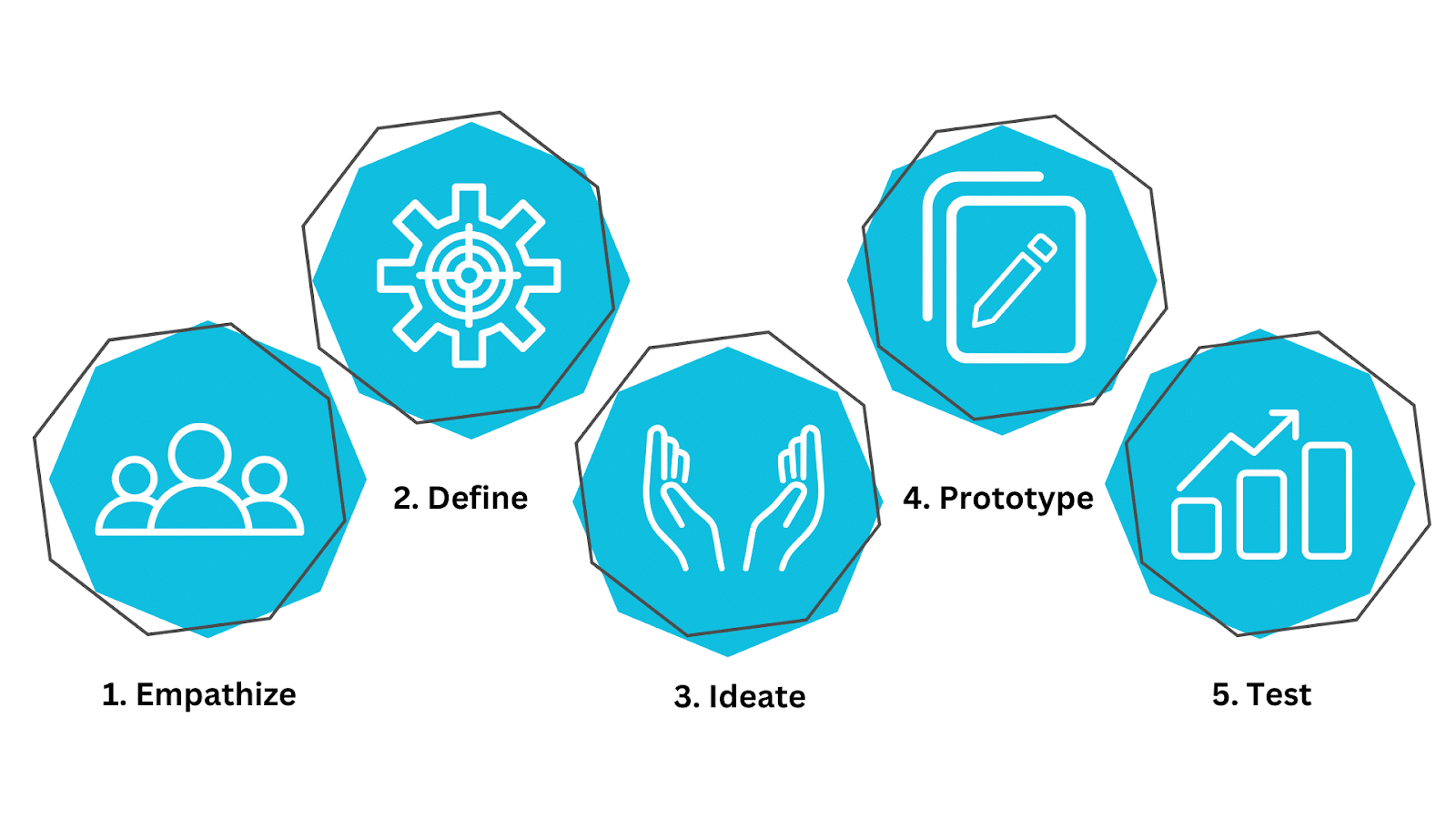
One of the things I love about SEO is its inherent duality.
We get to leverage both sides of our brains:
- The right brain when it comes to on-page, content and even link building campaigns.
- The left brain when it comes to technical, data analysis, etc.
However, it’s easy to think of SEO as predominantly left-brained. SEO tactics tend to rely heavily on data and numerical figures. We lean into technical know-how and keyword optimization. Logically, we react to what the numbers are telling us and decide the next steps accordingly. It’s a proven approach.
But what about the people driving that data? What about their intent? Can we use more creative thinking to pursue better optimization strategies?
When it comes to SEO, our goal is not really to gain the coveted top blue link. It’s about reaching the right people and addressing their needs by giving what they want as quickly and as easily as possible.
So, how do we reach that goal?
Users are always looking to do something, whether it’s finding information, being entertained or purchasing a product. How do we tap into emotional and behavioral data to support them?
That’s where design thinking comes in.
What is design thinking?
Design thinking is exactly what it sounds like: adopting a designer mindset.
It’s a human-centered framework for problem-solving the way a designer would – by setting out to solve a problem using creativity rather than data alone.

The design thinking process is typically divided into five stages:
- Empathize
- Define
- Ideate
- Prototype
- Test and evaluate
With design thinking, the emphasis is not only on the solution but also on the end user.
SEO specifically focuses on providing the best solution for a specific audience. It’s about understanding user intent and adding value.
A new optimization process
1. Empathize: Get to know your audience
Empathizing in this context is centered around identifying and understanding your audience.
The best SEO strategy optimizes for consumer discovery by understanding the people who are searching. This ensures you’re adding value to users and ultimately growing your audience through increased organic visibility.
Conduct thorough research to learn about your existing audience and gain insights into search behaviors, motivations and pain points.
There are a number of tools available to help research your target audience. Using Google Analytics to understand who is coming to your site is a great place to start.
In GA4, you can view audience reports under User > User Attributes to identify location, gender, age, language and even interests when available.

You can also leverage Google Trends, Facebook Audience Manager and persona mapping or survey tools to learn more about your potential audience.
Gathering this information helps tailor efforts from keyword selection to content creation and off-page efforts. When your SEO strategy is anchored in reaching an audience you fully understand, you can reach them more efficiently.
Dig deeper: An SEO guide to audience research and content analysis
2. Define: What problem are we trying to solve
The next step involves analyzing your audience data to define the SEO challenges you aim to address. This is critical to ensure you address the real wants and needs of the audience through SEO efforts rather than working from assumptions like search volume or clicks.
Based on the unique audiences you have identified, you can better determine the specific challenges you need to address and how to reach users. Consider:
- What messaging and terminology is most likely to resonate with your target audience?
- Are users struggling to find relevant information on your website?
- Are there gaps in your content that need to be filled?
- Based on location, what search engines are audiences using beyond Google? Yandex, Baidu, DuckDuckGo?
- Based on age and gender, what non-traditional search engines do you need to consider? TikTok, YouTube, Amazon, Pinterest?
Clearly defining the problem allows you to focus your efforts on the areas that will impact your SEO performance most.
3. Ideate: How can we best solve that problem?
With a clear understanding of the SEO challenge, brainstorm as many potential solutions as possible. It’s easy to fall into the same pattern of optimizing your site based on analytics data and search trends, but with design thinking, we emphasize qualitative data over quantitative data.
A few different brainstorming techniques to help transcend your left-brained thinking habits include:
- Brainwriting: Everyone in the group writes down three ideas related to the challenge. From there, everyone passes their ideas on to the person next to them to elaborate on the thought starters and add strategies or tactics. This process repeats until the ideas have been passed around the entire group. Ultimately, everyone has contributed to each idea.
- Starbursting: Given a specific idea or strategy, create a six-point star around the idea, posing the questions who, what, when, where, why and how. Focusing on these key elements for each idea encourages the team to think about value and execution.
Think outside the box and consider how to create value for your audience through content, website updates, or user experience. In this exercise, quantity is key – use cross-functional thinking to generate ample diverse ideas.
- Is content expansion something that could help address your challenge?
- Do you need additional content that addresses a pain point?
- Do you need to improve the ease with which users find existing content?
- Should social media be considered to increase visibility and extend reach?
- Are there PR tactics that could help generate earned coverage (i.e., inbound links and brand mentions)?
- Would other media, such as video, webinars or podcasts, potentially help address the need?
Maybe traditional SEO tactics will help solve your particular challenge. But oftentimes, by integrating cross-channel tactics, you can better tackle SEO challenges and add value for users.
Dig deeper: SEO planning: Your one-page SEO plan
4. Prototype: Build the thing
Before implementing any SEO strategy or tactics at scale, create “prototypes” to visualize and test your ideas.
Visualization is crucial in understanding how a strategy may address the problem or challenge. However, your prototype does not have to be a high-fidelity visual asset.
This could involve:
- Updating keyword maps and topic clusters.
- Drafting sample content pieces.
- Creating mock-ups of new features.
- Developing wireframes for website updates.
In many cases, fancy tools and a team of engineers aren’t necessary. You can use lo-fi tools like Figma or Google Sheets to build basic prototypes that clearly convey the solution.

Whatever shape a prototype takes, keeping the unique problem or challenge in mind and relating it back to the audience is essential.
When considering the effectiveness of your prototype, use role-playing to put yourself in the shoes of the target audience.
Dig deeper: Conveying keyword insights to non-SEOs: A visual approach
5. Test and evaluate: Does this solution work?
Design thinking makes so much sense for SEO because, much like SEO, it is an iterative process.
The final step is to gather feedback on “prototypes” and/or tactics to refine solutions and strategies.
Intentionally test your tactics and continuously monitor performance. Leverage a modern framework for running SEO tests. Embrace a culture of experimentation to evolve your approach and better understand pain points.
- A/B test everything from metadata to messaging to content structure.
- Leverage heat mapping to better understand how the target audience is using your website.
- Test keywords and messaging using Google Ads.
- Consider usability testing through a tool such as Hotjar or UserTesting.
- Actively seek feedback on your site’s design, layout and functionality via surveys.
Changes in user behavior are more directly and immediately measurable than traditional SEO KPIs.
By testing with real users, you can gather feedback early in the process and make necessary adjustments along the way.
Creative problem-solving for SEO
Remember, it all starts with redefining the problems we are trying to solve.
Reframing SEO challenges around the target audiences’ needs and challenges allows us to better give people what they want.
When your SEO efforts are focused on the right audience, it’s easier to reach them. Traffic increases, which leads to more conversions.
Use design thinking to balance the analytical and creative sides of SEO. It can help you better understand when to use data, ignore trends and take risks, ultimately letting you create more user-centric and impactful SEO campaigns.
from Search Engine Land https://ift.tt/Qw3WcxH
via IFTTT
No comments:
Post a Comment